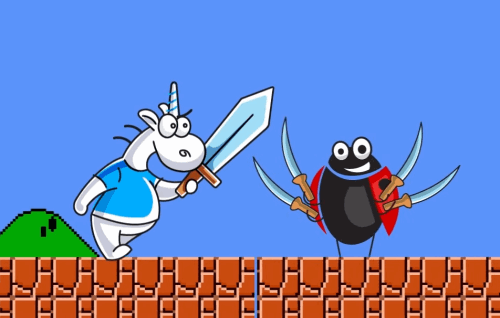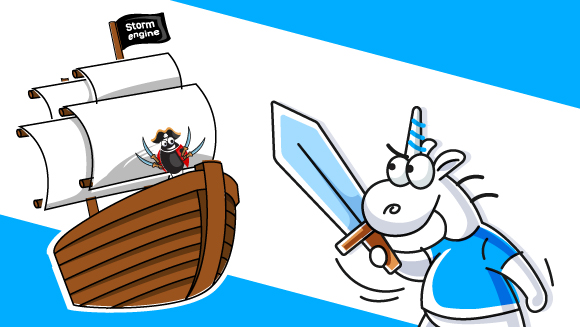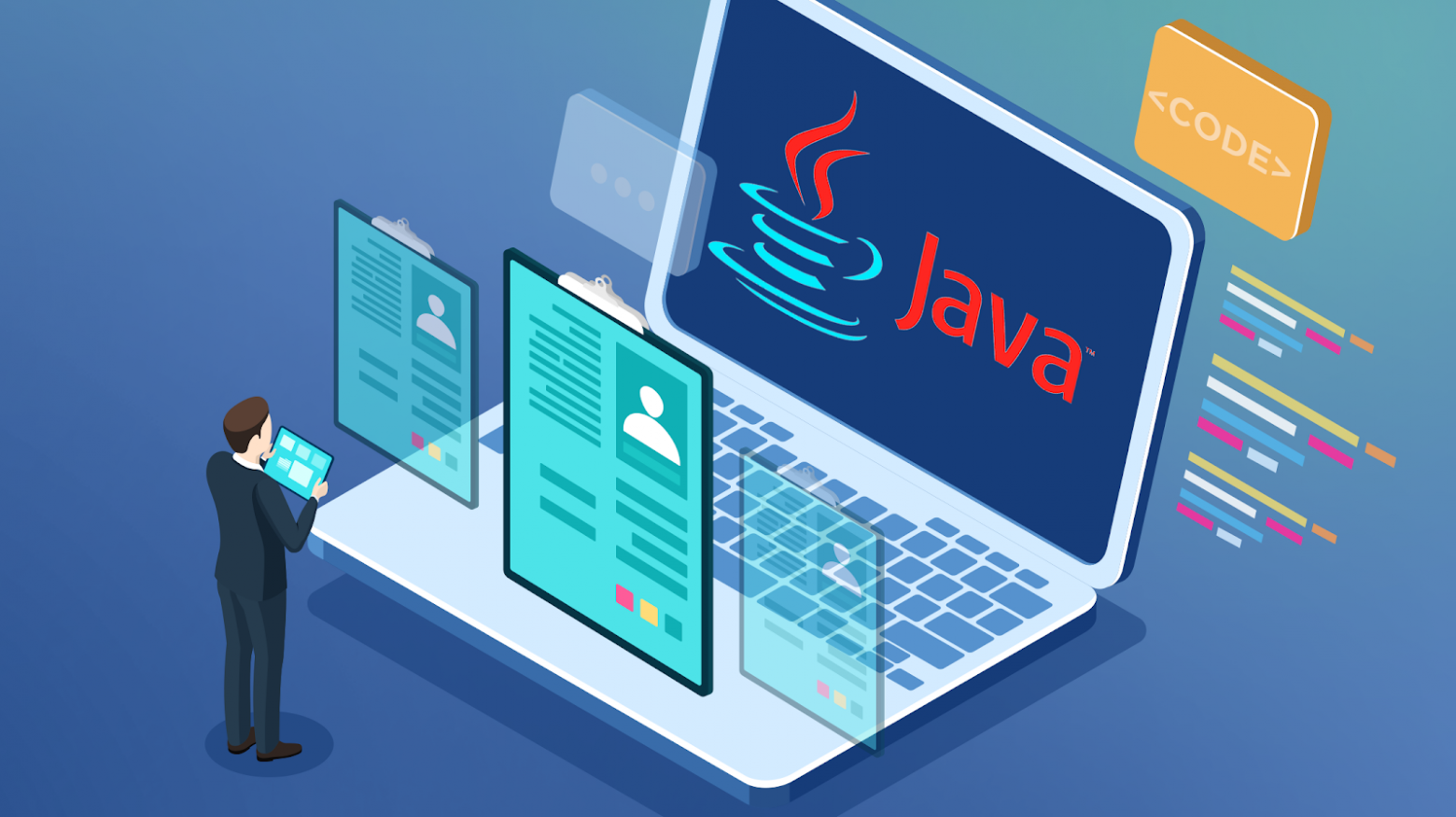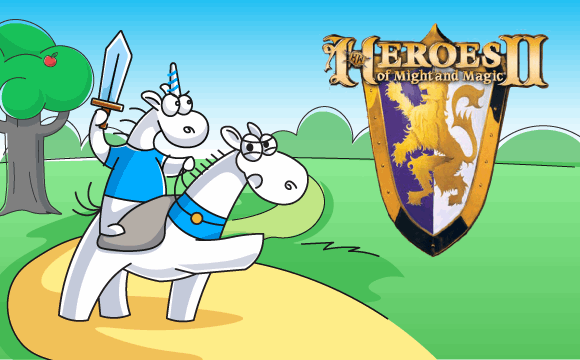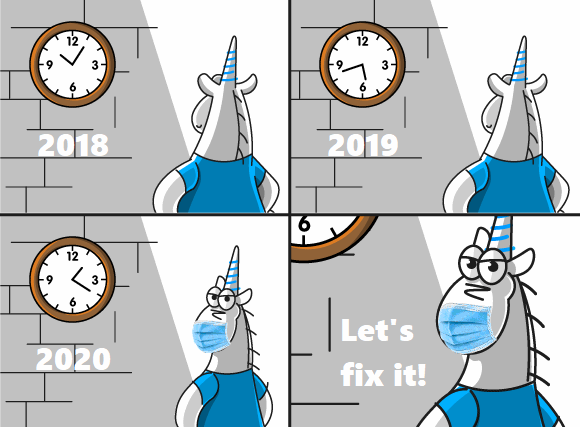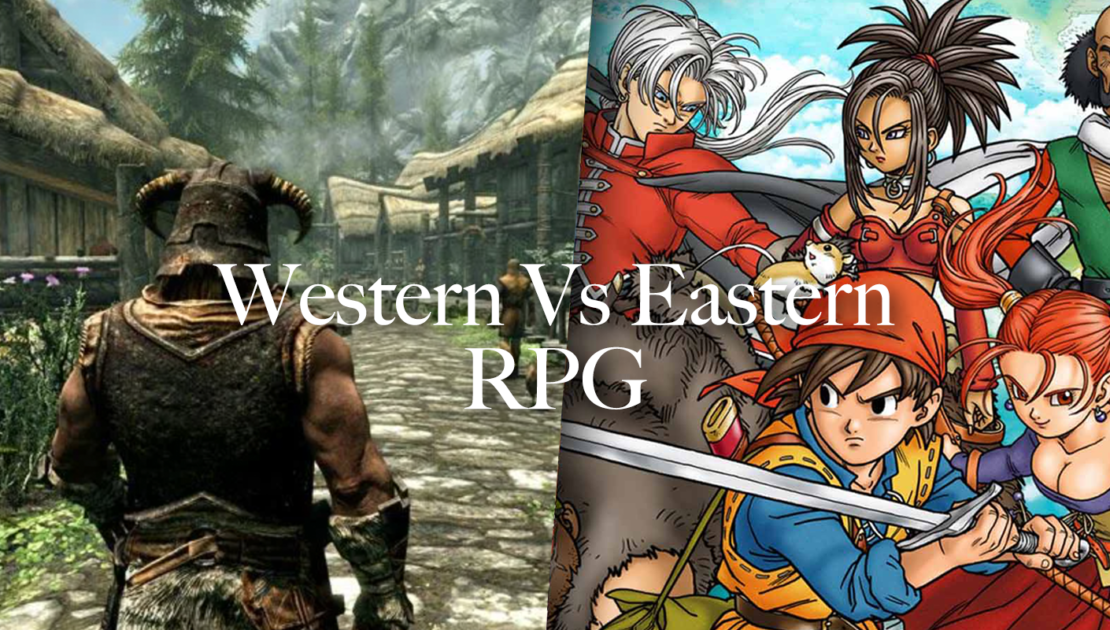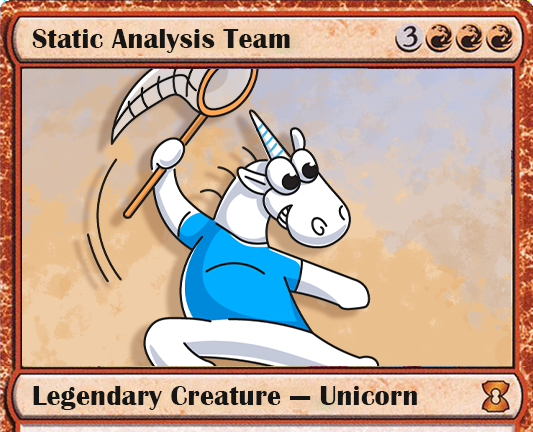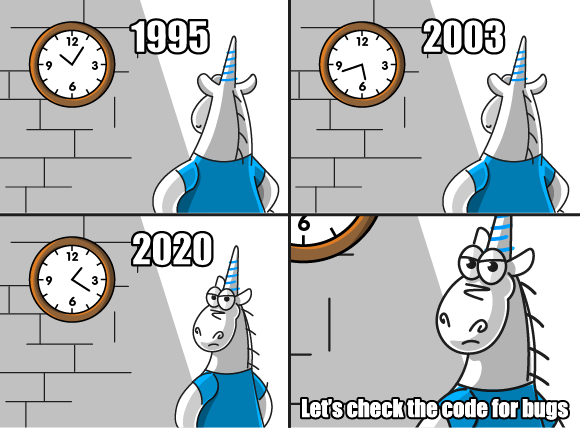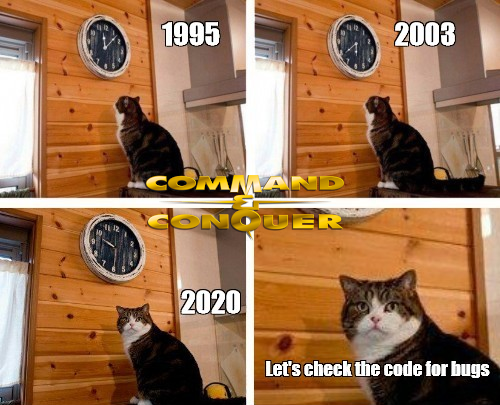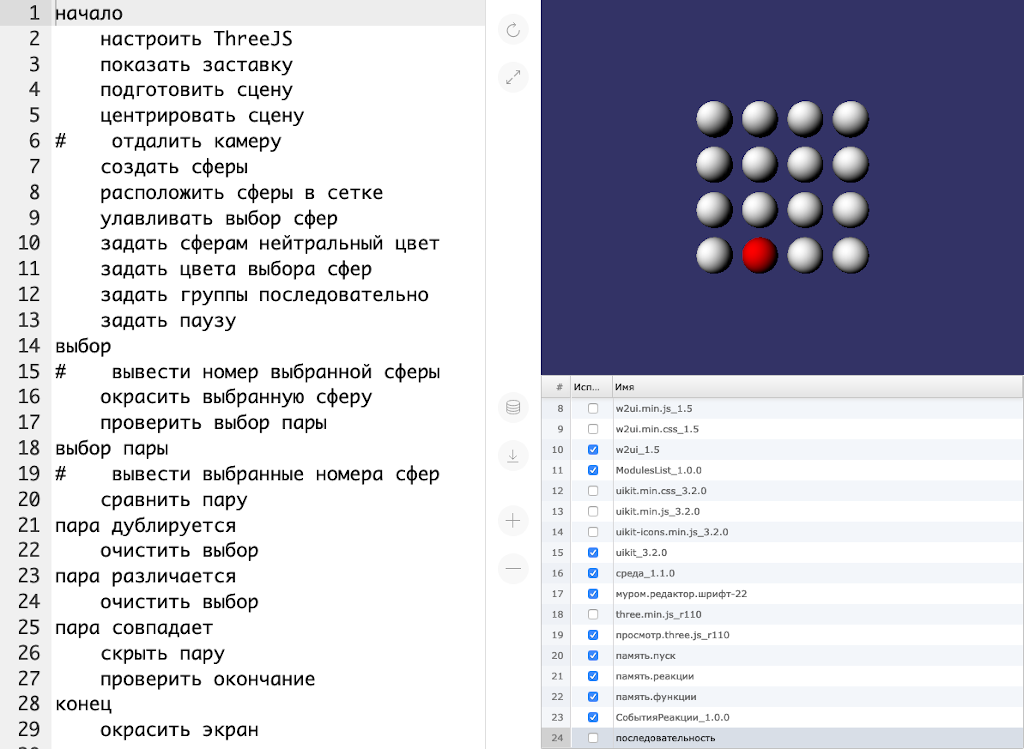This is the translation of my article about ECS. Original (in Russian).
ECS (Entity Component System) is an architectural pattern used in game development.
In this article, I am going to describe some of the general principles of ECS frameworks' inner workings and some of the problems I have faced during the development of my own.
When I first started learning about ECS everything seemed wonderful, but only in theory. I needed some real practice to make sure that all that they were saying about ECS was true.
I’ve tried different frameworks with different engines and programming languages. Mostly it was the gorgeous EnTT framework that I used with the Godot engine and LeoECS with Unity. I haven’t tried Unity’s native ECS from DOTS because it was rather unpolished at the time I was starting.
After a while, I got enough practical experience with ECS but it was still unclear to me how all this magic works under the hood. There are a few good blogs about ECS development (https://skypjack.github.io/ from the author of EnTT and https://ajmmertens.medium.com/ from the author of Flecs) but none of them gave me enough understanding about how they are implemented. So eventually, following Bender’s example, I decided that I’m gonna make my own ECS =)


